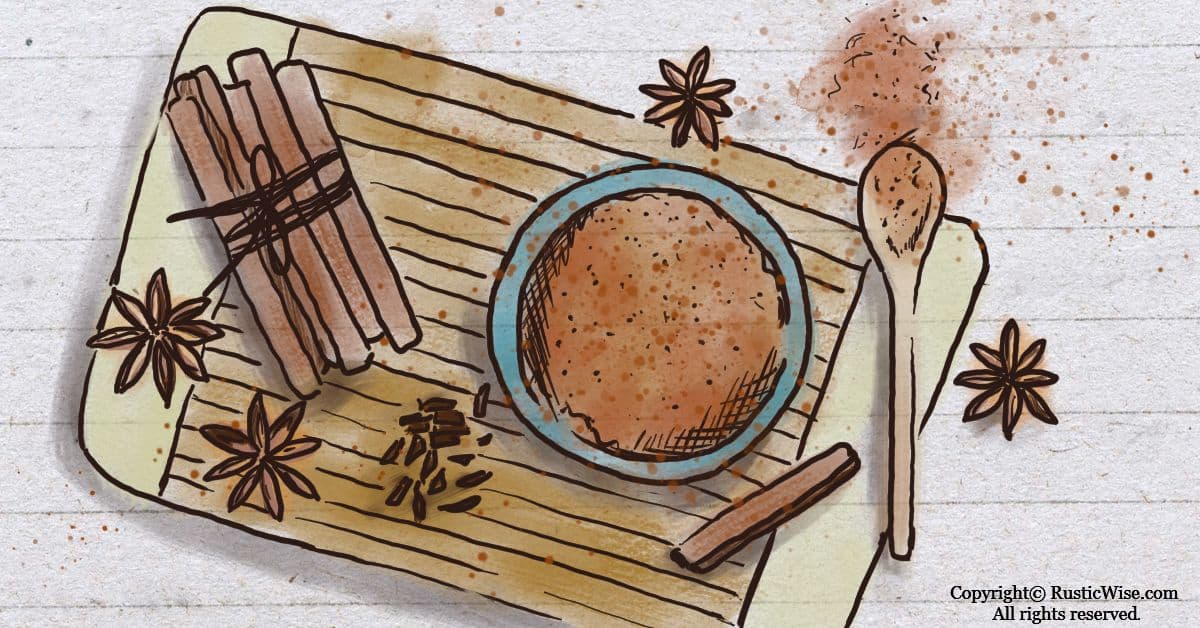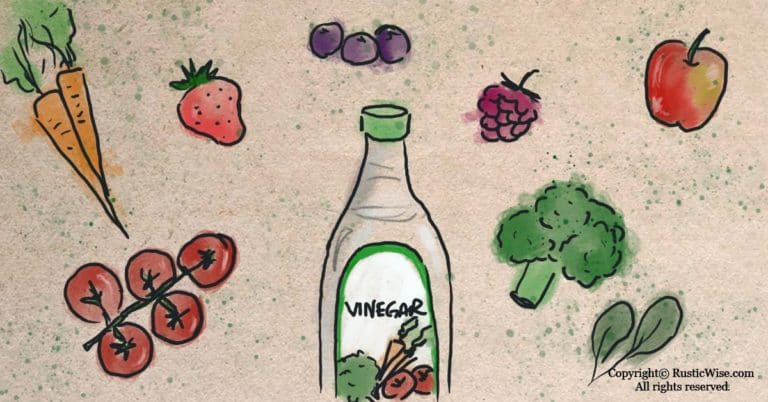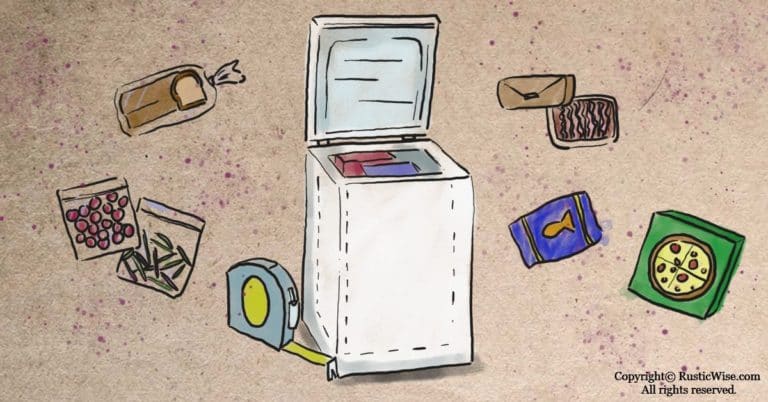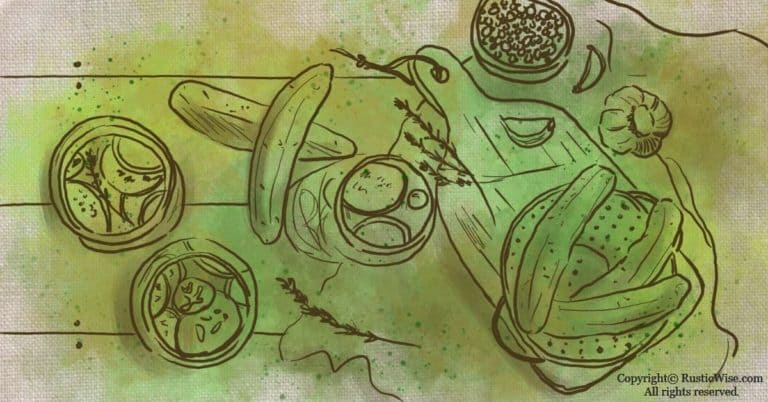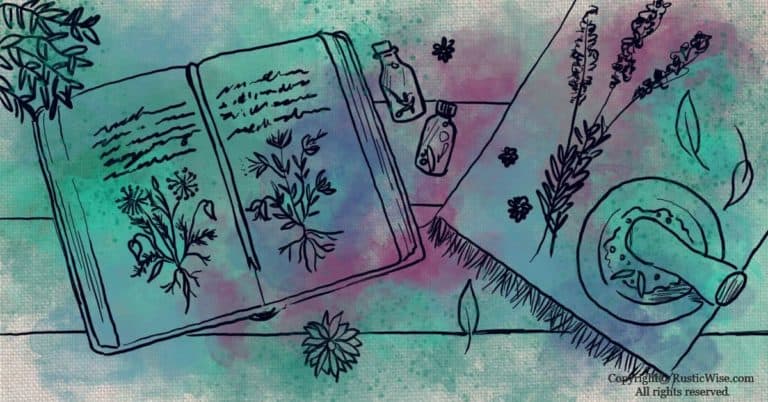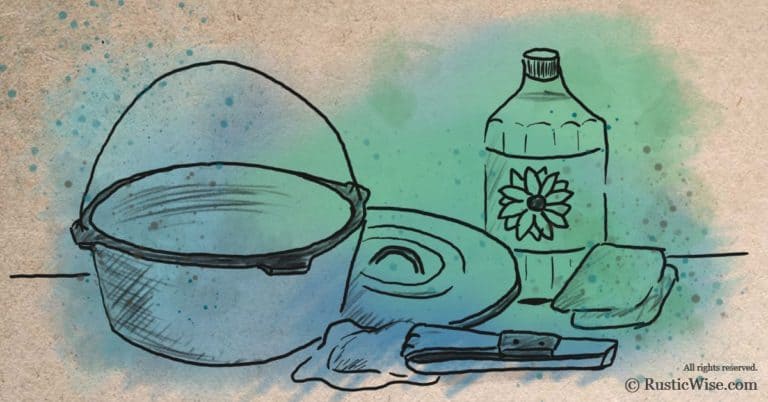The Shelf Life of Cinnamon: How to Keep This Spice Nice
Aromatic and sweet, cinnamon is the darling of the spice world. We can’t blame you if you like to stock up on this spice (we do too!). If you happen to have a package or two of this spice sitting in your cupboard, you might be wondering about the shelf life of cinnamon. Like other spices, cinnamon doesn’t ever truly go bad, however it does lose its potency over time.
Made from the dried inner bark of an evergreen tree in the laurel family, cinnamon (Cinnamomum verum), is commonly used in baked goods, curries, and sweet beverages. Not only does cinnamon add warmth and sweetness to dishes, it’s also packed with antioxidant and anti-inflammatory properties.
So add a dash of cinnamon to spice up your bowl of hot porridge. Liven up your morning cup of coffee. And use liberally on your culinary creations. We’ll go over the shelf life of cinnamon, how to properly store it to extend shelf life, how to tell if cinnamon is truly “bad”, how to revive old cinnamon, and ideas on what to do with slightly old cinnamon.
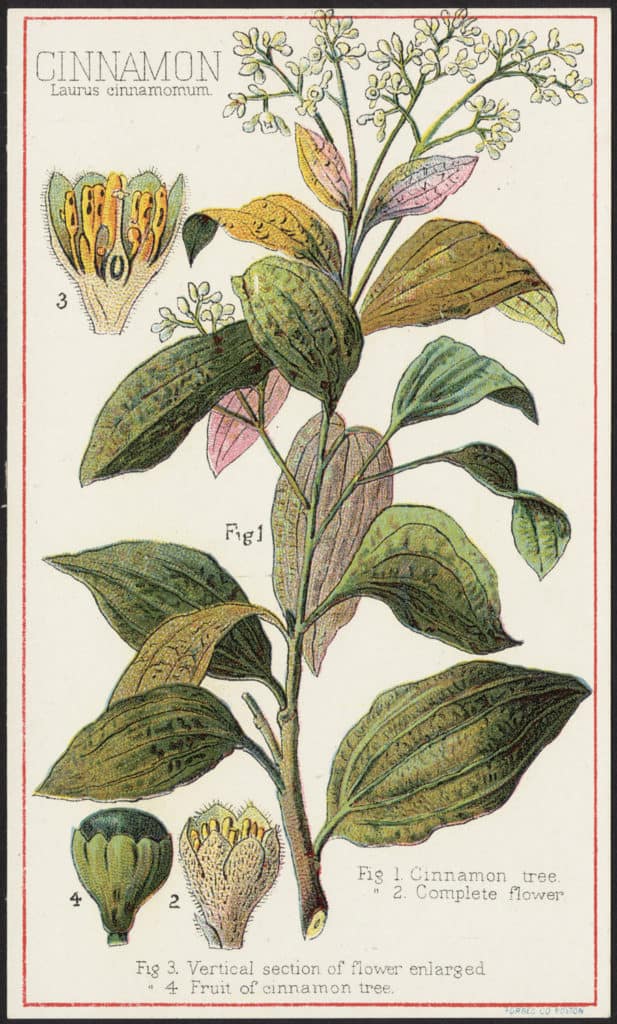
The shelf life of cinnamon
There are a number of different factors which influence the shelf life of cinnamon. This includes how it was stored, and whether it’s ground cinnamon or whole cinnamon sticks.
Ground spices in general have a shorter shelf life than whole spices. This is because they have a larger surface area that’s exposed to elements such as light, heat, or moisture.
Keep in mind that what may be considered “stale” to one person may be perfectly fine to another. Some people prefer to replace their spice cupboard with fresh spices every 6 months or so, while others are fine keeping them for years.
Here’s a general guideline of the shelf life of cinnamon when stored at room temperature according to the USDA:
| Form | Storage Time |
|---|---|
| Packaged ground cinnamon | 2-3 years (best used within 6-12 months) |
| Whole cinnamon sticks | 2-4 years |
How to properly store cinnamon to extend shelf life
Photodegradation occurs when air and light interact to cause loss of quality in foods including herbs and spices. Prevent photodegradation by storing your cinnamon and other herbs and spices properly. Here are a few tips:
- Keep it cool: Places not to store herbs and spices include cupboards above the stove, or beside the warmth of a dishwasher or oven. Instead, aim for storage in a cool cupboard or pantry.
- Keep it dry: Moisture is the enemy of herbs and spices and can cause mold growth. Moisture from condensation occurs when temperatures fluctuate from hot to cold (or vice versa), so try to keep cinnamon in a temperature-stable environment.
- Protect from light: While many keep a spice rack on the countertop, this doesn’t protect it from light. Store spices and herbs in the dark.
- Store in airtight containers: While plastic containers might be fine for short-term use, extend the shelf life of cinnamon by using glass, ceramic, or metal (such as food-grade stainless steel). These materials are better for long-term use. Not only do they provide a better airtight seal, they also don’t absorb odors like plastic does. You can also buy amber-hued glass containers that further block out light.
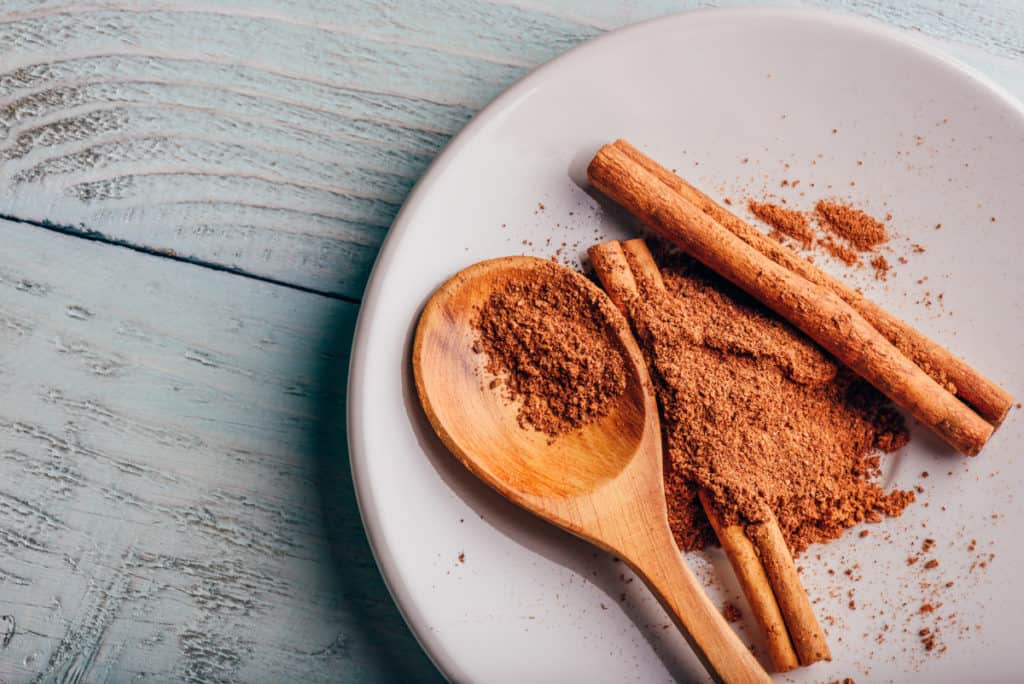
How to tell if cinnamon is bad
Unless your packaged ground cinnamon shows signs of mold, moisture, or other types of degradation, you don’t have to worry about getting sick from ingesting slightly old cinnamon.
The USDA says shelf-stable foods (including herbs and spices) that are past their “best before” date are still safe to eat. This “best by” date is just an estimate by the manufacturer of the length of time for the food’s expected peak freshness.
When you have freshly ground cinnamon or cinnamon sticks, the aroma and flavor is unmistakable—sweet with a dash of spice and everything nice. Over time, the volatile oils that make cinnamon so flavorful gradually fade.
The results? Cinnamon that’s a pale imitation of its former self. That doesn’t mean that you can’t use it in cooking or baking—just use a bit more than the recipe calls for.
Unlike some spices such as ground pepper that have a noticeably altered taste when stale, cinnamon isn’t that fickle. The flavor remains fairly unchanged, albeit a bit weaker, with less of the aroma than you may like.
Tip: Take a handful of cinnamon and gently crush it between your fingers. Does it still have aroma? Sample a small portion. Does it still have flavor? Trust your own judgement. Replace your cinnamon stash if there are signs of moisture, mold, or if it’s lacking in flavor and/or aroma.
How to revive old cinnamon
Expired spices can have a second life if you know how to properly revive them.
The Pioneer Woman gives a few handy tips on how to revive old spices using heat and a skillet. The heat helps release any locked-in flavor and fragrance restoring it to its former (or almost former) glory:
- Empty the contents of your old cinnamon (or other old spices and herbs) into a shallow skillet or pan.
- Turn on the stove to medium-heat.
- Heat until aroma is unlocked (1-3 minutes). Be careful not to burn the spices!
- Remove from heat and empty the spices onto a plate to cool.
- Store in an air-tight container once completely cooled.
What to do with expired cinnamon
Before you chuck that jar of old ground cinnamon, get creative! Just because your cinnamon has lost some of its potency doesn’t mean it’s not good for other uses.
- Baked cinnamon Christmas ornaments
- Add to your own DIY cinnamon-inspired fall or Christmas air freshener
- Make your own cinnamon potpourri gift kits

Author: Theresa Tesolin
Theresa is co-founder of RusticWise. She helps people unleash their inner DIY spirit by encouraging them to get dirty and make or grow something from scratch.

